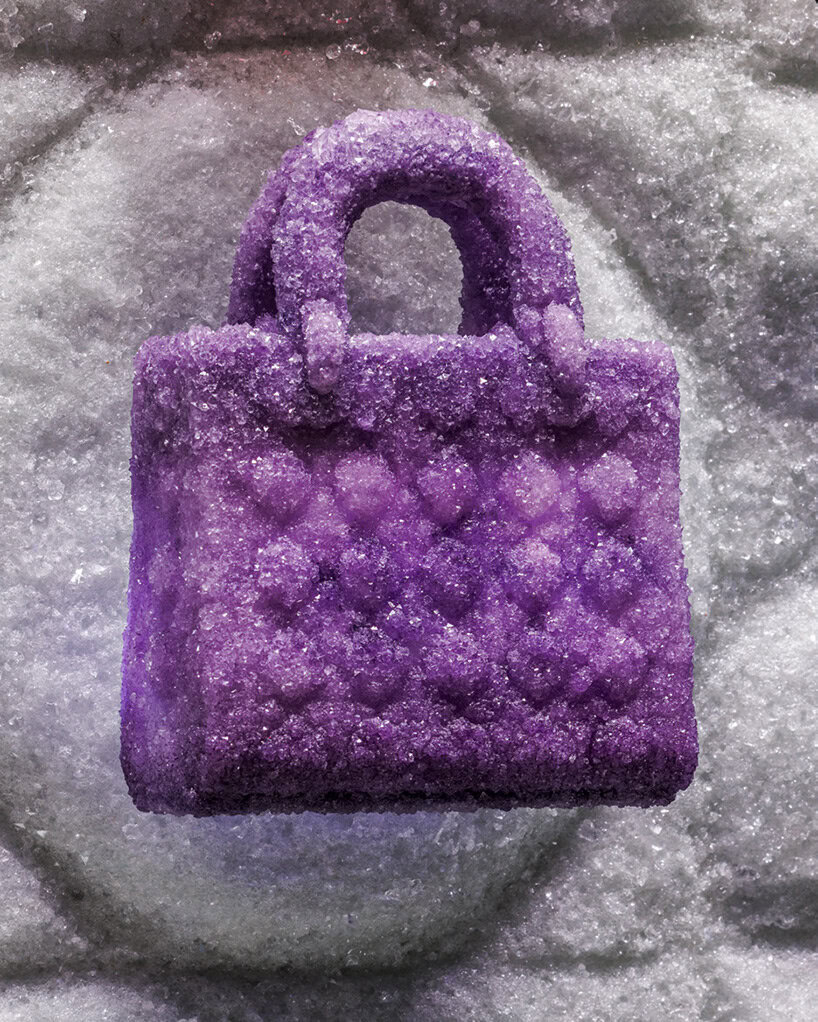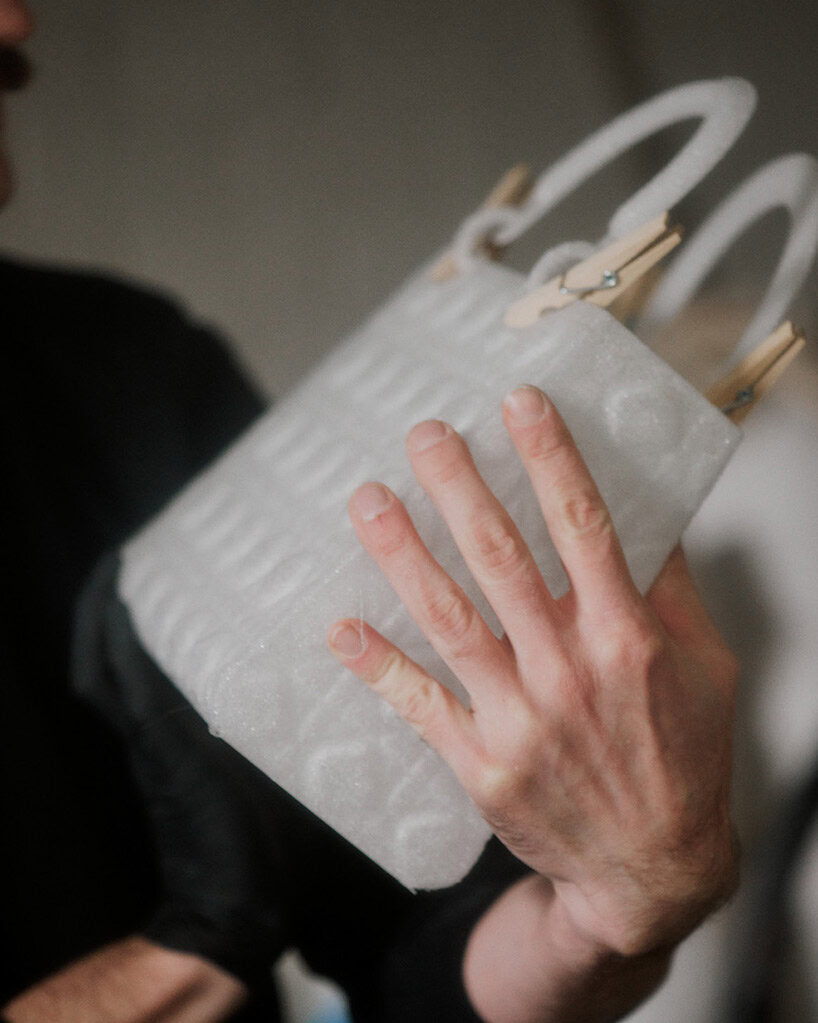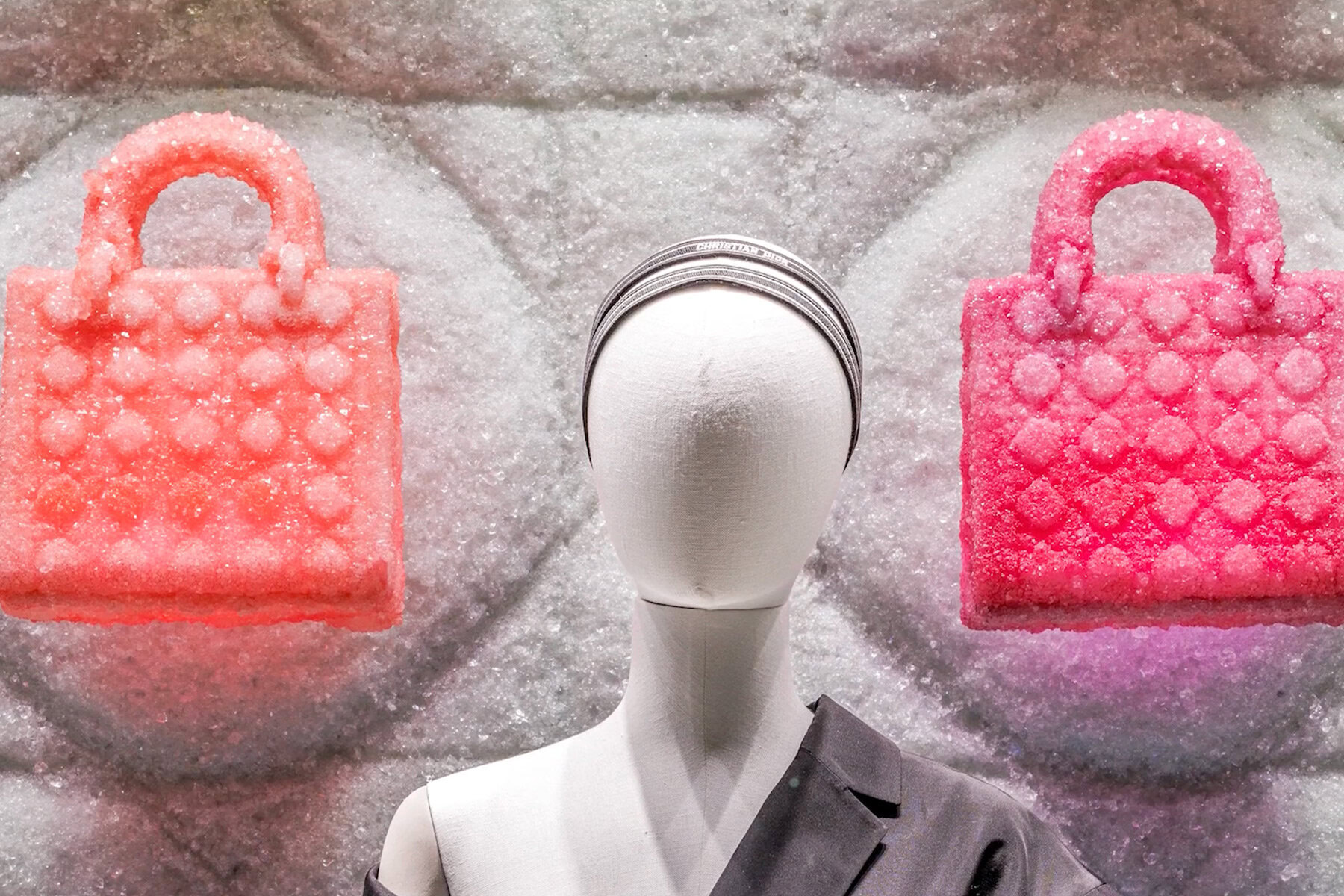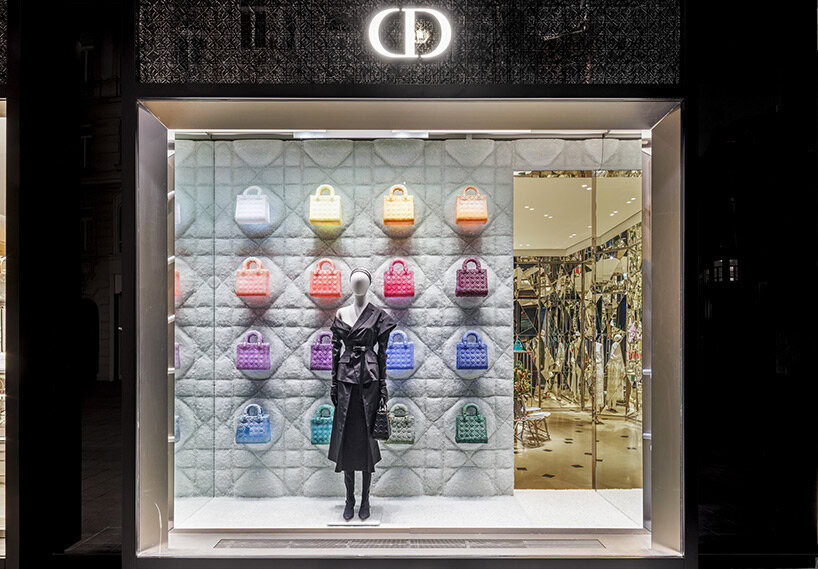I remember the first time I saw Isaac Monté’s work—I didn’t quite know what I was looking at. It was familiar, sure. But also… alien. Like something dug up from a crystal cave in a dream. Now, he’s done it again—this time with the Lady Dior handbag. But calling it a “handbag” feels wildly insufficient. This thing has grown into something else entirely.
Let’s rewind. Monté, a Belgian designer living and working in Rotterdam, has this enduring fascination with transformation—not the Instagram-filter kind, but deep, elemental change. He’s not decorating objects. He’s letting them become. And his collaboration with Dior and Spazio Nobile (a gallery in Belgium that’s been championing his work since 2019) is a glowing example of what happens when material obsession meets high fashion.

The piece is part of his ongoing Crystallized series, which started with vases. And honestly, it might’ve stayed there if the work hadn’t taken on a life of its own. Now it’s appearing in Dior boutiques, their window displays, and in this new incarnation—the Lady Dior. But forget molds and machines. These pieces grow. Like stalagmites. Or coral. Or scars. Time is the sculptor here, not the artist.
Monté talks a lot about patience. About surrendering control. Which, in the fashion world, is basically heresy. But it works. Each crystal grows in its own way, shaped by chemistry and chance. No two are alike. And that randomness—that impossibility to replicate—is kind of the point.
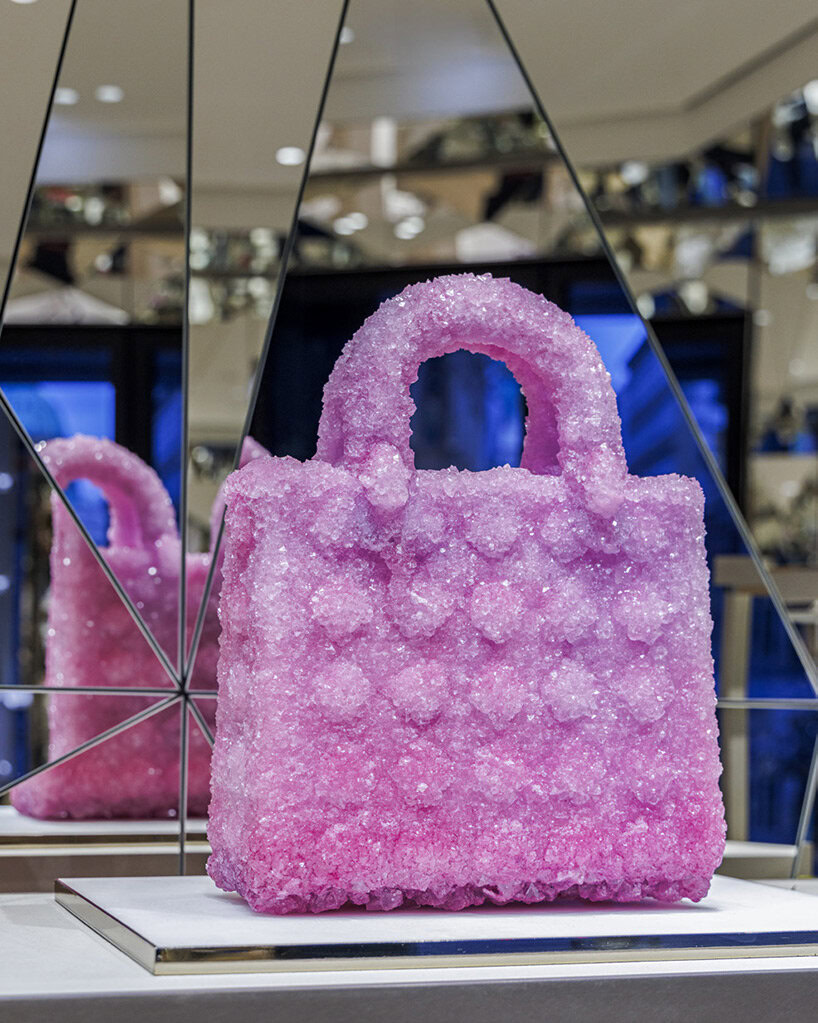
When Dior asked him to reimagine the Lady Dior for their Vienna flagship, he didn’t approach it like a product designer. He treated it like a living organism. The process? Slow. Layered. He applied minerals and oxides by hand, building texture like a painter layering oil over canvas. Over ten years of refining this method, and still, he’s surprised by what comes out. The final piece feels like a relic—not ancient, but not quite of this moment either. As if it belongs to a parallel future where time moves differently.
Is it still a handbag? Technically, no. It’s not meant to be worn. But standing there, under the light, it has a kind of presence that most functional objects don’t. You can still see Dior’s classic canework beneath the crystals—ghosted into the surface like a fossil of fashion past. That’s what I love about it: it doesn’t erase history; it preserves it through reinvention.
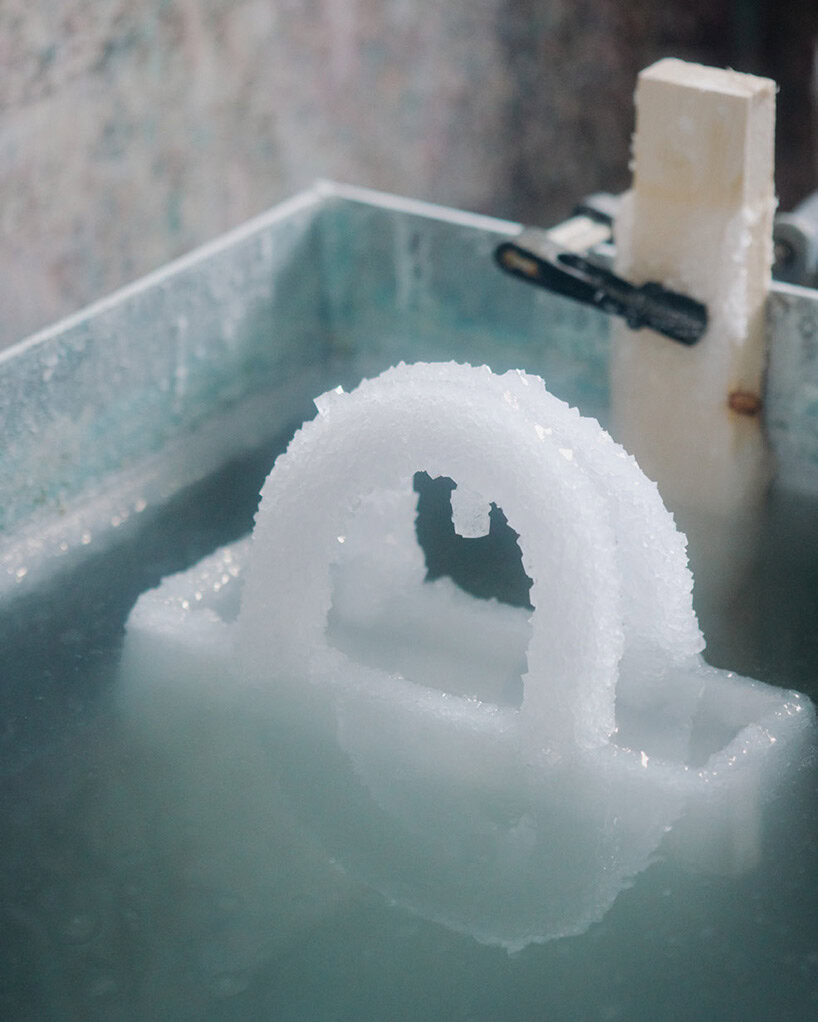
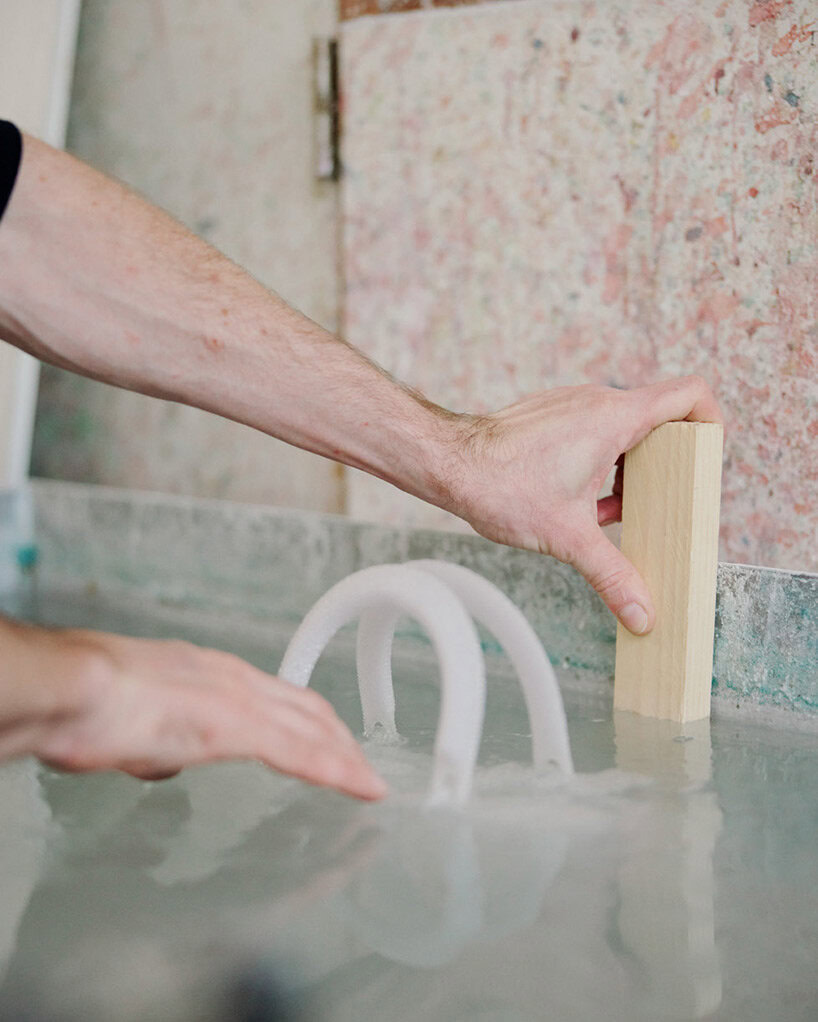
And this philosophy extends beyond the handbag. Monté’s crystalline touch has spilled into Dior’s Jewelry Gem Collection displays—those glowing windows you might pass by without realizing you’ve entered an art installation. There’s something meditative about them. They don’t scream. They shimmer. They hum.
Here’s the thing: Monté isn’t just making things beautiful. He’s making you slow down. Look longer. Wonder. That’s rare these days.
His background helps explain the depth. He studied product design, yes, but also bio-art. Some of his early work involved bacteria—real, living bacteria—used to fool viewers. There’s always been a bit of science and trickery in his practice. And in this case, each crystal isn’t just ornamentation—it’s the visible result of chemical choreography. The bag is a surface for slow experiments, and that’s what makes it resonate. It’s not polished perfection. It’s imperfect, unpredictable, alive.
In Monté’s hands, the Lady Dior doesn’t just carry things. It carries time.
